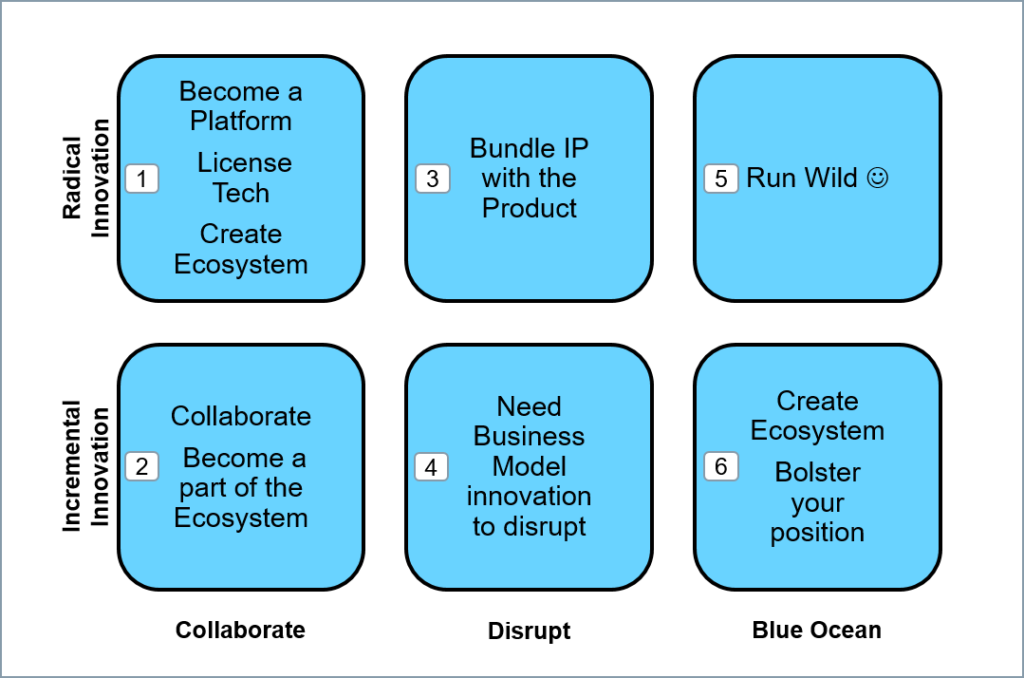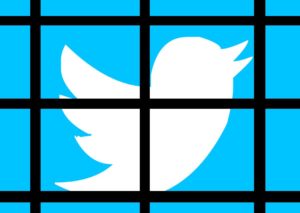Why Do the Entrepreneurs Need a Go-To-Market Strategy
The excitement of starting a new business based on the ‘world changing epiphany’ one just had, is overwhelming. The possibilities of what you can achieve with your new business venture is enough excitement for anybody. It’s a time when you think that you can go to the highest of heights and achieve anything you put your mind to. But there is a time where you need to come back down to earth for just one moment, and your finances can play a huge part in this reality check. Without having an effective financial model, from somewhere like Early Growth, you won’t be able to see what your cost and revenue projections are, and what they could be in the future, and if you don’t have these predictions, it will be hard to navigate a path to success. It doesn’t have to be this way though, as long as you get the help you need, the ‘world-changing epiphany’ that you just had will be back on track again soon.
Most of the new Entrepreneurs are so much in love with their solution that they do not always think about the business aspects and how the so-called world changing solution will reach their consumers. A business can only be successful if it has Happy Customers behind it. To make the customers happy, a business needs to identify their needs and fulfill them.
So the business not only needs to decide and identify its target market, but also, how its going to approach that target market with its offerings. This ‘How’ can make a big difference with regards to the success and survival of the business. How a business approaches the customers is defined by it’s Go-To-Market strategy (GTM). Every new business needs to identify its GTM to make sure its products/services reach the customers while generating the profits for the business to continue. New business owners should be aware of the struggle that many businessmen go through trying to make ends meet as it’s not a simple overnight phenomenon. Check this out to learn how to weather the often rocky business landscape – https://www.tierbella.com/3-british-tv-shows-that-featured-businessmen-struggling-to-make-money/.

What is GTM
In his famous paper on ‘What is Strategy’, published in 1979, Strategy Guru Michael E Porter talks about strategically aligning the activities to get competitive advantage over rivals.
Like any strategy execution, the GTM is positioning factors that will help you achieve your business goals and objectives through a set of activities (influenced by those factors) working in tandem. So if you can define your goals and the associated activities to achieve them, you can deduce the factors that influence them and then take a position with respect to those factors. This positioning will define your GTM.
The goals and objectives for your business can be derived using the following two guide questions:
- What is your value proposition?
- You are solving a completely new technical problem that hasn’t been solved yet.
- You have a better solution to a certain technical problem that others have already solved.
- What is your vision for your company in terms of competition?
- There are existing players and you want to disrupt them.
- There are existing players and you wish to collaborate with them.
- There are no existing players and you are creating a Blue Ocean.
Based on what your answer to the above questions is, you will land into one of the box in the image below. The box will provide a general direction for your GTM.

When you look at the iPhone that disrupted the smartphone market, you can easily put it in the box numbered 3. But, the iPhone, through its App Store and APIs has become a platform for the development of other innovative and value adding solutions as well. Twitter has taken a platform approach where it has not put all the functionality in its web or mobile app, but, has made APIs available for interested parties to write their own offering on Twitter platform. It has, thus, created an ecosystem that also helps Twitter to thrive. Twitter has even acquired some of the companies that, they thought, were competing or complementing with their own web app, e,g. Tweetdeck. Twitter might also be planning to popularize its mobile app using mobile marketing platforms. Some sources also say that Twitter could consider the benefits of mobile marketing for approaching the target audience. Sometimes app developers may take help of third-party mobile marketing experts like AdAction for promoting their products. These experts in turn employ a host of strategies (one of them being mobile performance marketing) to meet the desired goals.
Alright, let’s come back to the stuff we were talking about. While most of the boxes in the image above are self explanatory, box number 4 needs some more explanation. The fact that you are creating an offering based on incremental innovation over what is already existing in the market, if you don’t support it with a novel business model, the existing players will find a way to eat you up.
If your business fits in more than one box, you have a better chance of success as there are multiple ways you can reach your prospective customers.
Deriving the GTM for your Business
Lets the take the example of a fictitious company developing a smart ring that you can wear in your finger and get rid of your smart phone. The ring can create very effective and user friendly holographic display and input mechanisms. The company aims to capture 5% of global cellphone market in next 5 years. Based on this goal, the company derives an objective to earn $500 million in revenue in the first year. To achieve this objective, the company comes out with a set of actions, e.g., complete development of the product with beta testing, create a marketing plan, establish sales channels and so on. To achieve the objective, the company needs to identify the factors that influence the execution of the associated actions and position them such that they support each other. How you position them such that you can outsmart your competition will define your strategy.

The company may even decide to change its general direction depending upon the factors like Technology and Resources. If the company finds that it doesn’t have the capability or resources to ‘Bundle the IP with a full blown product, it may decide to go the Platform way.
Takeaways
- Four Growth Strategies to Scaleup Your Business - March 14, 2021
- Innovative India: Platforms For Billion+ People - January 5, 2021
- Innovative India: Searching For Lost Glory - October 15, 2020


